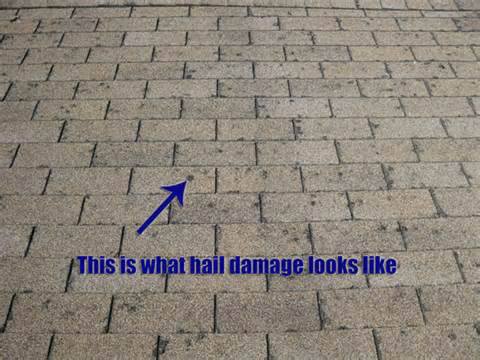 The roof of your home provides an essential barrier to the elements. The roof protects everything underneath it, including the home structure itself, the furniture and possessions, and the people living in the home. Any damage to the roof or weakness in its barrier properties will only get worse over time. If left unresolved a minor issue can quickly develop into severe damage to the underlying structure and create the need for even costlier repairs. Think mold, corrosion, rot, weakened ceilings, water damage, and the list goes on.
The roof of your home provides an essential barrier to the elements. The roof protects everything underneath it, including the home structure itself, the furniture and possessions, and the people living in the home. Any damage to the roof or weakness in its barrier properties will only get worse over time. If left unresolved a minor issue can quickly develop into severe damage to the underlying structure and create the need for even costlier repairs. Think mold, corrosion, rot, weakened ceilings, water damage, and the list goes on.
Periodic inspection of the roof is important; this is especially true after a severe weather event has moved through the area. Don’t assume that everything is fine, verify with a thorough inspection.
Recognizing Storm Damage
Wind, hail, heavy rain, ice, and snow can impact the roof of your home. Wind not only has the potential to strip shingles, flashing, and gutters from the house, but it can also carry debris and objects onto the roof damaging its integrity. Freezing and thawing cycles will wear down the roof, and heavy ice & snow can bring down trees or limbs onto the roof.
After a storm you should take a walk around the exterior of the home. Check the ground for any material that may have been detached from the roof. Look for larger debris and tree limbs that may have struck the roof when falling. Inspect the gutters, downspouts, flashing, and roof edges for any dents, cracks, or damage. Any signs or indications of issues with the roof should trigger further inspection. Any signs on the interior of the home such as water damage, stains, spots on ceilings and walls should also warrant a roof inspection.
A stable and properly secured ladder can be used to get a closer look to inspect from the roof edge. But, actually climbing onto the roof should be left to a qualified professional due to the risk of falling and the possible compromised structural integrity of a damaged roof. Plus, a professional will know what they are looking for.
Special attention should be paid to look for cracks, split seams, holes, dents, and missing material. Areas near joints around chimneys, pipe vents, air vents, roof peaks, and skylights should get close scrutiny when inspecting for damage.
If in doubt it is better to have a roof inspected rather than to let it go unrepaired.
Getting Your Roof Fixed
As soon as you have identified roof damage from a storm, there are several steps you should take. Be sure to document the type and extent of the roof damage, take photographs, retain any debris and dislodged roof material, get witness statements from neighbors, and contact your insurance company to file a claim. Wait for the insurance company to perform an inspection and offer a quote for repair. Then hire Custom Renovations Roofing with a proven record to perform the repair. Don’t wait. The longer a damaged roof goes unattended the greater the risk of further damage.
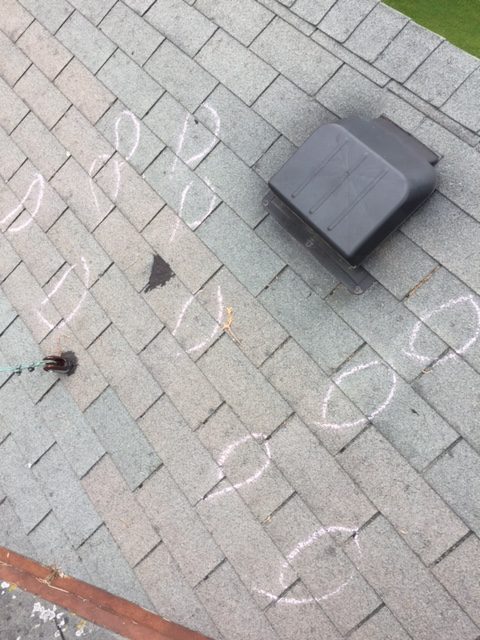 We are doing FREE hail and storm Inspections.
We are doing FREE hail and storm Inspections.


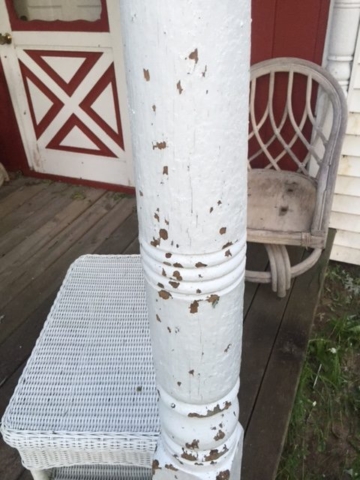
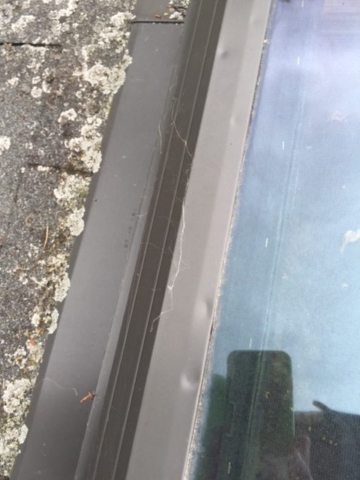

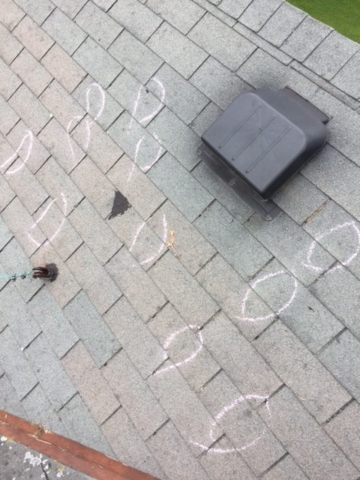

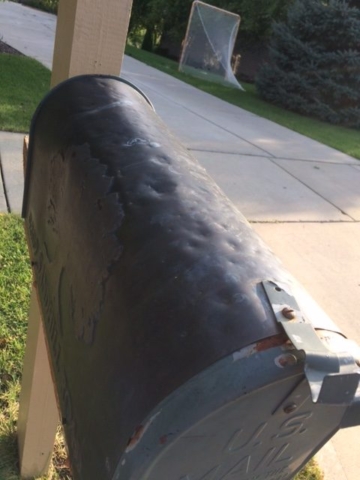


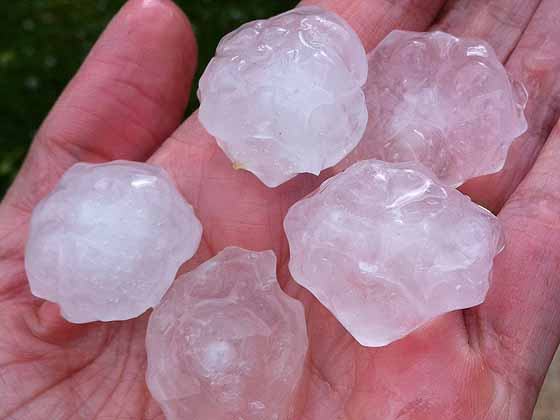 It is not every day that you have to file a claim and work with your insurance company. For many it will be a new experience, and one that is time sensitive. Usually a claim needs to be filed at a bad time, after an unexpected event when you may be dealing with other issues. If your home suffers damage due to hail damage, you may not know what to do. This article will help provide useful and detailed steps about reporting hail damage, submitting an insurance claim, and ultimately getting the damage fixed and back to normal.
It is not every day that you have to file a claim and work with your insurance company. For many it will be a new experience, and one that is time sensitive. Usually a claim needs to be filed at a bad time, after an unexpected event when you may be dealing with other issues. If your home suffers damage due to hail damage, you may not know what to do. This article will help provide useful and detailed steps about reporting hail damage, submitting an insurance claim, and ultimately getting the damage fixed and back to normal. The roof of your home provides an essential barrier to the elements. The roof protects everything underneath it, including the home structure itself, the furniture and possessions, and the people living in the home. Any damage to the roof or weakness in its barrier properties will only get worse over time. If left unresolved a minor issue can quickly develop into severe damage to the underlying structure and create the need for even costlier repairs. Think mold, corrosion, rot, weakened ceilings, water damage, and the list goes on.
The roof of your home provides an essential barrier to the elements. The roof protects everything underneath it, including the home structure itself, the furniture and possessions, and the people living in the home. Any damage to the roof or weakness in its barrier properties will only get worse over time. If left unresolved a minor issue can quickly develop into severe damage to the underlying structure and create the need for even costlier repairs. Think mold, corrosion, rot, weakened ceilings, water damage, and the list goes on.